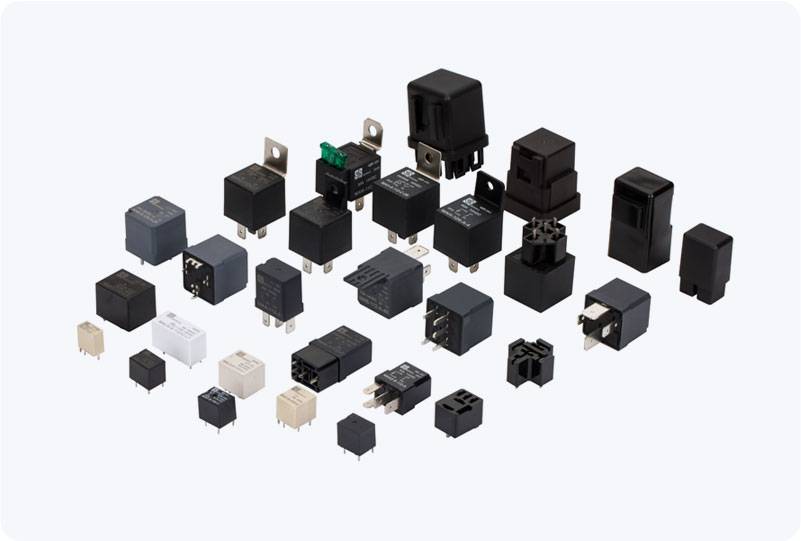A High Current Car Relay is an essential component in modern automotive electrical systems, playing a crucial role in controlling large electrical loads safely and efficiently. As automotive technologies evolve and become more sophisticated, the need for relays capable of handling higher current capacities has grown significantly. These relays not only ensure the smooth operation of various car functions but also enhance the overall safety and reliability of the vehicle’s electrical system. This article explores the significance, functionality, and various applications of high current car relays in vehicles.

What is a High Current Car Relay? At its core, a high current car relay is an electrically operated switch that is used to control the flow of high electrical current through a circuit. In vehicles, these relays typically handle electrical currents that range from 30 to 200 amps, depending on the specific design and requirements of the system. The primary purpose of a relay is to allow a low-current control signal to activate or deactivate a much larger current flow in a circuit, making it a vital component in automotive applications where safety and reliability are paramount. A relay works by using an electromagnet to open or close the contacts within the relay, thereby controlling the flow of electricity. The low-current signal energizes the electromagnet, which then closes the switch, allowing the higher current to pass through and power components like motors, lights, or air conditioning units.